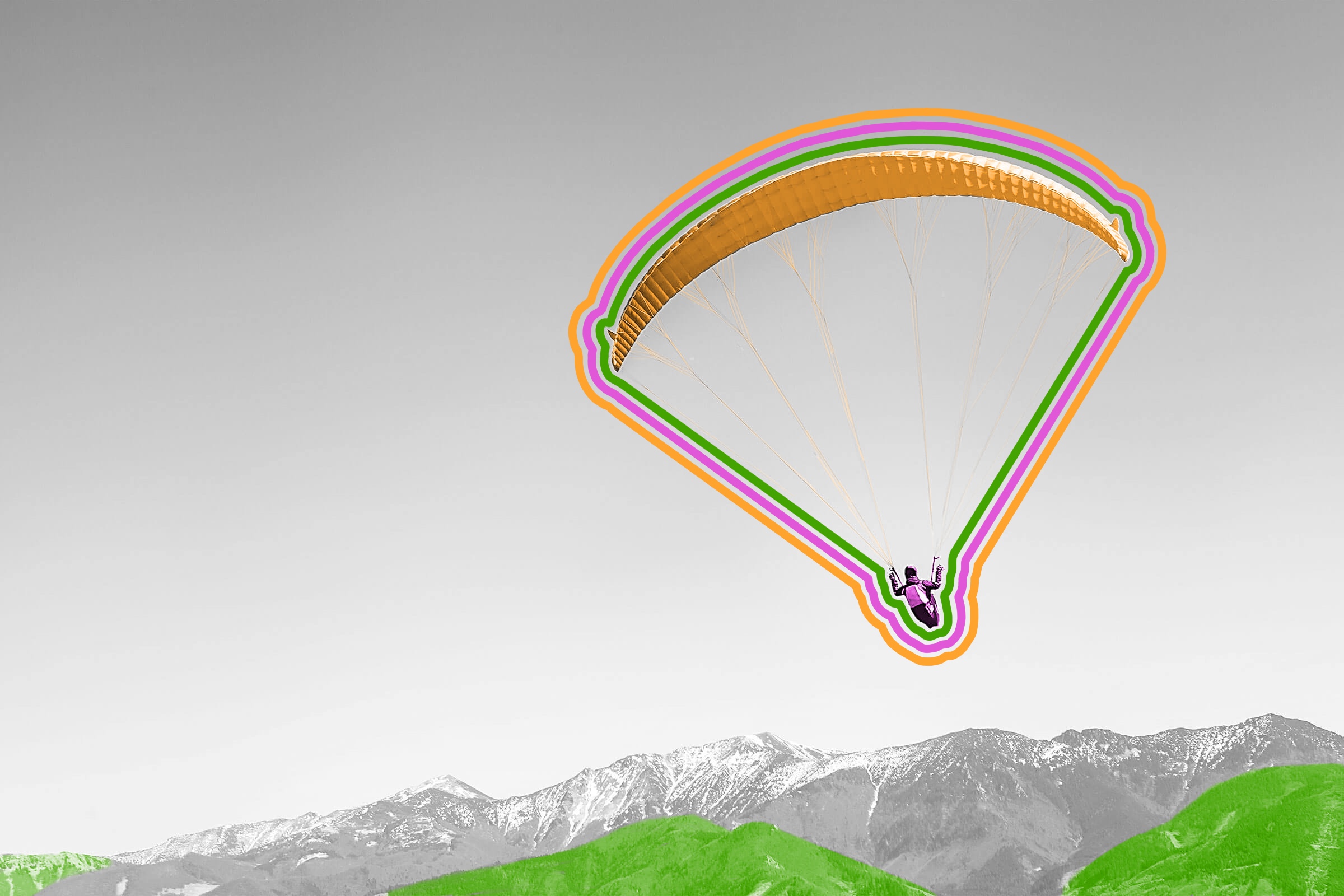
Parachutes were invented before airplanes.
While most grade school students can tell you that the first airplane was flown by Orville and Wilbur Wright in 1903, the origins of the parachute go back further — significantly further, depending on your criteria. The Shiji, composed by Chinese historian Sima Qian, describes how as a young man the legendary third-century BCE Emperor Shun jumped from the roof of a burning building, using bamboo hats as a makeshift parachute. Leonardo da Vinci famously sketched a design for a pyramid-shaped parachute made from linen around 1485. Approximately 130 years later, Venetian Bishop Fausto Veranzio unveiled his own design in his Machinae Novae, and allegedly even tested the contraption himself.
But the first modern parachutist is generally considered to be France's Louis-Sebastien Lenormand. Along with actually coining the term "parachute," Lenormand initially tested gravity by leaping from a tree with two umbrellas, before flinging himself from the Montpellier Observatory with a 14-foot parachute in December 1783. Fourteen years later, another Frenchman, André-Jacques Garnerin, delivered the first truly death-defying parachute exhibition when he plunged from a hydrogen balloon some 3,200 feet above Paris, and rode out the bumpy descent with his 23-foot silk net to a safe landing.
Following the rise of competitive parachuting in the 1930s, an activity that was once strictly the province of airborne military divisions and a few daredevils achieved a level of participation that required judges to settle international bragging rights. Teams from five nations squared off in the first world championships in Yugoslavia in 1951, and by the time the competition made it to the United States in 1962, there were 22 nations represented in a sport that was becoming better known as skydiving. Now sanctioned by Fédération Aéronautique Internationale (FAI), the world championships continue to evolve in the spirit of the competitors who continually push the boundaries of what can be achieved while hurtling through the Earth’s atmosphere. At the 2022 championships in Arizona, skydivers competed in events to determine the best group formations, artistic styles, and, of course, the fastest speeds.

